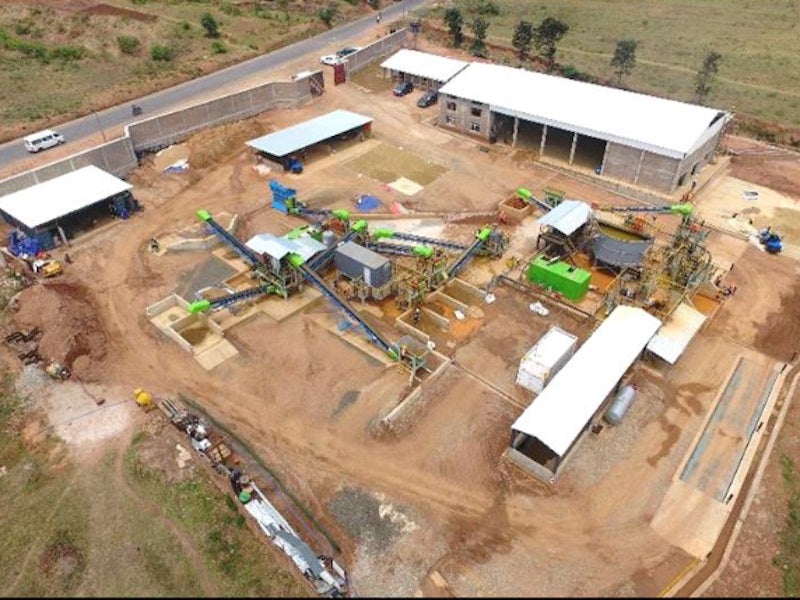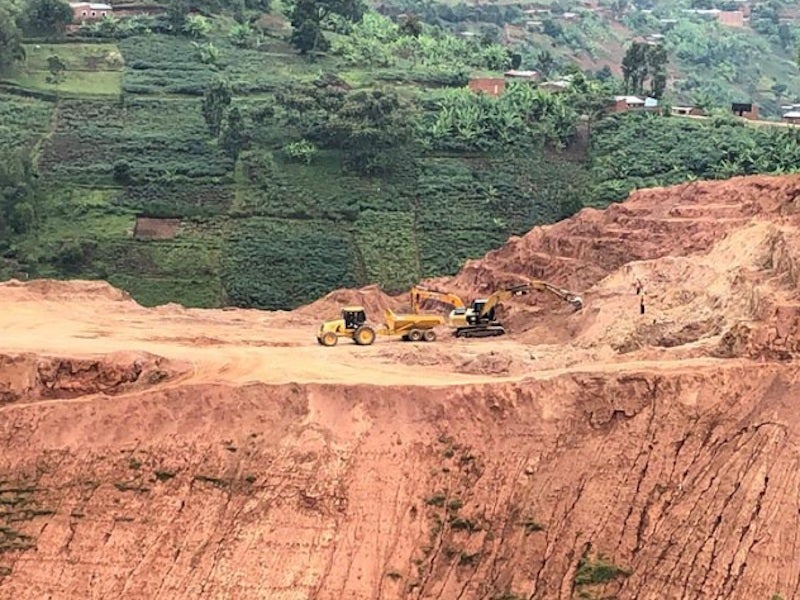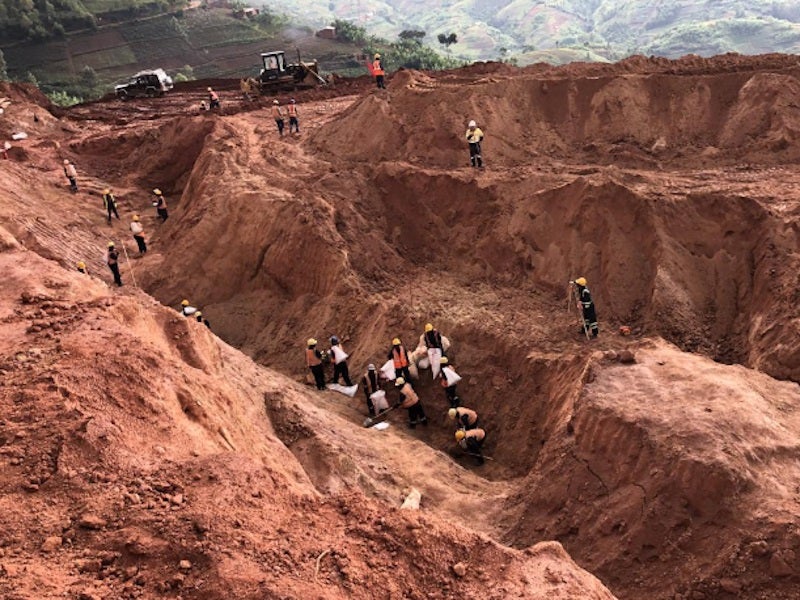The Gakara rare earth project located in the Bujumbura province of Burundi is one of the world’s highest-grade rare earth deposits and the only producing rare earth mine in Africa.
Although it was discovered by Belgian firm Somuki in 1936, the first production of rare earth concentrates from the mine took place in December 2017.
The Gakara rare earth mine is being operated by Rainbow Rare Earths which owns 90% interest in the project while the remaining 10% is held by the Republic of Burundi.
The mining license, which is valid for 25 years, was granted to Rainbow Mining Burundi, a subsidiary of Rainbow Rare Earths, in March 2015, while the trial mining of the Gasagwe deposit was launched in July 2017 followed by the opening of the Murambi South pit in 2019. The on-going exploration and expansion programme targets a production rate of 10,000 tonnes per annum (tpa) of rare earth concentrates in phase one which can be potentially increased to 20,000tpa in phase two.
Location and site details
The Gakara rare earth project, spread over an area of 135km², is located within the northeast-trending Kibaran Fold Belt, a highly deformed sequence of Mesoproterozoic granites, granitoids and amphibolite-greenschist facies metasedimentary and metavolcanic rocks, referred to as the Burundi Supergroup.
The site is located 20km south-southeast of Bujumbura, in western Burundi, East Africa, and it is well-connected by road to Dar es Salaam, Tanzania and Mombasa, Kenya.
The project area lies at an altitude of 2,000m above mean sea level (msl) on the eastern escarpment of the Lake Tanganyika Graben within a rugged topography with deep V-shaped valleys. The main rivers in the project area are the Mugere and the Karonge.
Geology and mineralisation
The rare earth elements (REE) mineralisation is found in a network of discrete and narrow veins and veinlets consisting of bastnaesite and/or monazite with thickness from few centimetres to few tens of centimetres. The mineral veins outcrop at the surface over 39km2 of the mining permit area.
The veins have been observed to extend for tens of metres in length with the longest being more than 80m. They have been shown to extend to depths approximately 25m.
Exploration details
Rainbow’s exploration activities carried out between 2011 and 2013 included mapping of geological traverses, and geochemical and geophysical orientation surveys. It conducted brownfields exploration and identified for trial mining at three sites including Kiyenzi, Murambi South, and Gomvyi Centre.
Rainbow initiated diamond drilling at the Gasagwe deposit and the Kiyenzi target in February 2018. Core drilling of approximately 1.4km confirmed the geological and structural complexity at the Kiyenzi target which exposed REE mineralised breccias.
Up to 2,181 channel samples at Gasagwe and 452 channel samples at Murambi South were collected during drilling. The exploration target for in-situ REE mineral vein material has been estimated within the range of 20,000t to 80,000t based on the data gathered at four mine sites including Gasagwe, Murambi South, Kiyenzi, and Gomvyi.
A total of 150 grab samples collected from REE veins were submitted for analysis by ALS Chemex and yielded high-grade concentrate with an average grade of 58% total rare earth oxide (TREO). Magnet REEs mainly including neodymium, praseodymium and dysprosium accounted for 22% of the contained REOs.
Rare earth resources at Gakara
The maiden JORC-compliant resource estimates for the Gakara rare earth project was in December 2018. which outlined more than 1.2 million tonnes (Mt) of ore.
The JORC Gasagwe, Murambi South and Gomvyi Centre deposits were estimated to contain 12,000 tonnes (t) of high-grade ore resources grading 55% TREO, while the Kiyenzi deposit was estimated to hold 1.2 million tonnes (Mt) of lower-grade ore resources at an average TREO grade of 2.2%.
Mining at Gakara rare earth project
The current mining operations are being currently undertaken at two sites including Gasagwe and Murambi. Gasagwe is a very high-grade vein stockwork deposit and allows tight control, whereas the vein structure in the Murambi mining area is similar to Gasagwe.
Ore extraction at the Gasagwe site was commenced in September 2017 with the REE veins mined down to a depth of 40m. Mining at the Murambi site was commenced in Q3 2018.
The project utilises an open-pit bench mining method without drilling and blasting at both the Gasagwe and Murambi South deposits. The waste is stripped using mobile mining and the veins are mined using manual mining.
The waste material is shipped to the nearby waste storage facility, while the mineralised material is excavated by hand picks, hoes, and shovels.
Processing plant details
The run-of-the-mine (ROM) ore is processed at a gravity separation processing plant at Kabezi, located approximately 20km away from the project site and 13km south of Bujumbura. The plant was commissioned with an initial capacity of 5tpa per year in Q1 2018 and it comprises only crushing and gravity separation.
The final concentrate product will be exported to the ports of Mombasa or Dar es Salaam using road networks connecting various East African countries.
Offtake agreement
Rainbow executed a ten-year distribution and offtake agreement with Thyssenkrupp Materials Trading (TK) for the sale of up to 10,000 tonnes per annum of rare earth concentrate material, beginning in January 2018.
Contractors involved
MSA Group was engaged by Rainbow to prepare the competent person’s report for the project in September 2016.
TechMet signed a co-operation agreement with Rainbow for downstream processing definitive feasibility study, while New Resolution Airborne Geophysics was contracted to perform a helicopter-borne geophysical survey of the deposit.





